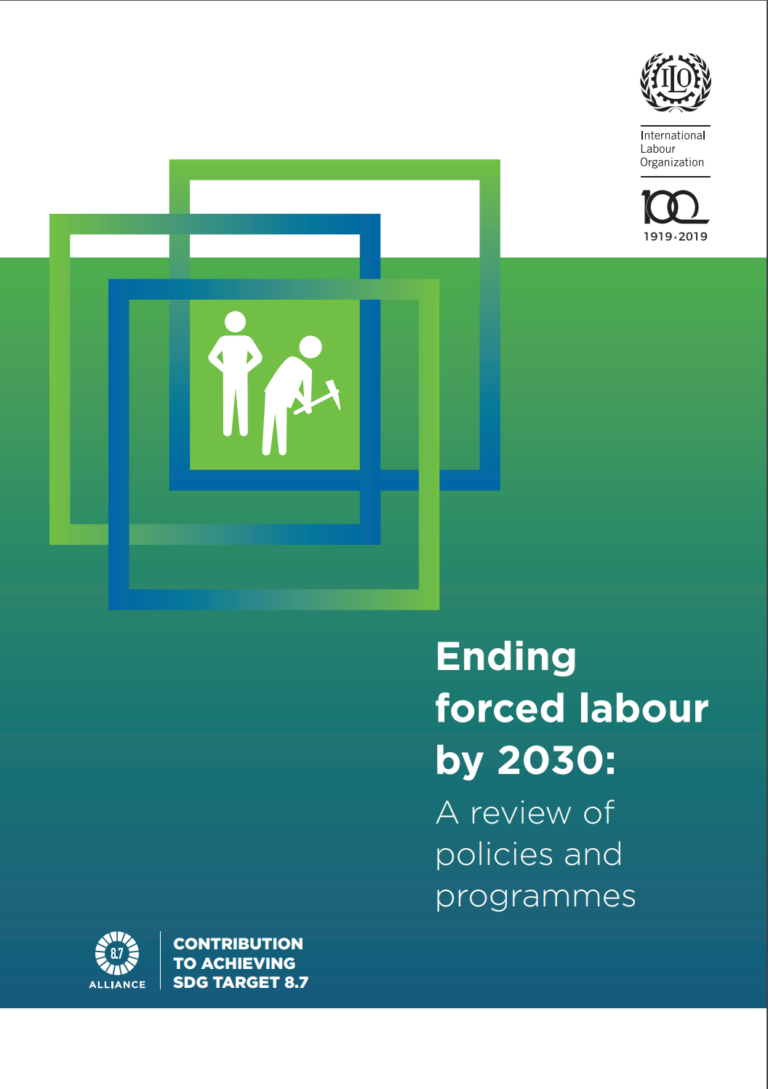Report of the Global Solutions Forum: Acting together to end child labour in agriculture – concrete experiences and successful practices shared on 2-3 November 2021
GuidanceChild labour is a serious violation of human rights, and yet many vulnerable families worldwide engage their children in work as a survival strategy. The figures from the 2020 International Labour Organization (ILO) and the United Nations ...Read More

